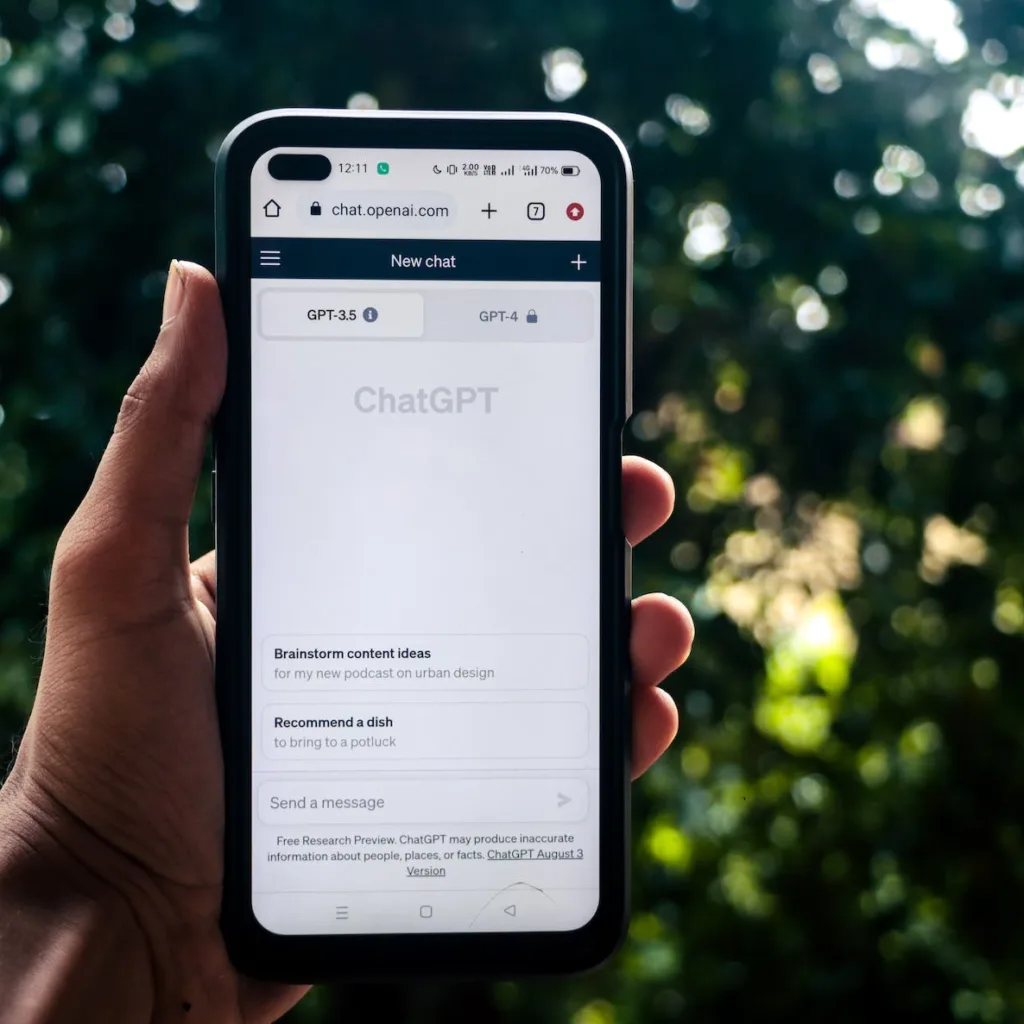
Introduction
Natural Language Processing (NLP) is a fascinating subfield of Artificial Intelligence that focuses on enabling machines to understand, interpret, and respond to human language. This article aims to demystify how NLP powers chatbots, making them capable of engaging in conversations with users.
The Basics: Tokenization and Parsing
NLP starts with breaking down language into smaller pieces:
- Tokenization: This process involves breaking down text into individual words or “tokens.”
- Parsing: Parsing involves analyzing the grammatical structure of a sentence to understand its meaning.
Machine Learning in NLP: Training and Prediction
Machine Learning plays a crucial role in NLP:
- Training: Chatbots are trained on large datasets to understand context and sentiment.
- Prediction: Once trained, chatbots can predict the most appropriate response based on the input they receive.
Applications: Beyond Chatbots
NLP has a wide range of applications:
- Sentiment Analysis: Businesses use NLP to gauge customer sentiment from reviews and social media.
- Language Translation: NLP algorithms power real-time translation services.
Ethical Considerations: Privacy and Bias
NLP comes with its own set of ethical challenges:
- Data Privacy: Since chatbots often collect conversational data, issues of data privacy arise.
- Algorithmic Bias: If the training data is biased, the chatbot can also exhibit biased behavior.

Leave a Reply